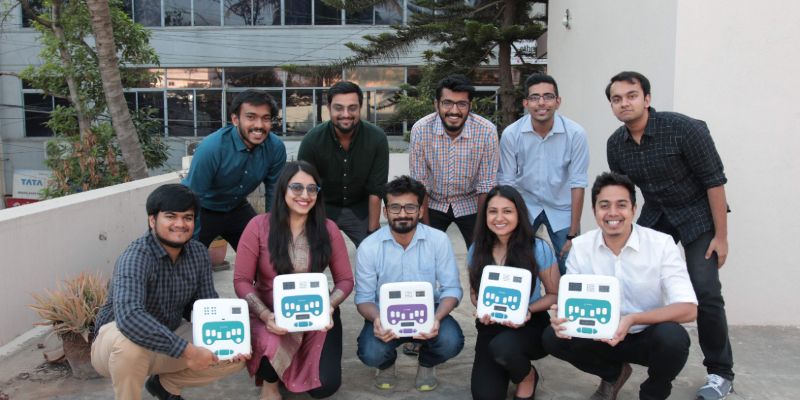'How we made magic happen in a resource constraint environment with Craftsvilla'

Craftsvilla.com today is a fast rising star in the e-commerce ecosystem in India creating a real business in an industry which otherwise is plagued by a conglomerate of "unreal, ethereal, unclear" businesses. Our three dimensional differentiation -- Unique Supply of Ethnic Products, Profitability of Business, and Global Appeal of Our Products -- differentiates us from others who bask in the glory of the "Great Dollar Swamp" created in India currently.A simple answer which I give a lot of people who ask me the question -- How did we do it? -- is a mathematical analogy to how we solve multivariate problems on paper without the use of supercomputers. The theory of solving these unbounded complex equations lie in the concepts of creating right boundary conditions, limiting solution set, removing noise parameters, creating test parameters and combining like terms. Without getting too complicated let me put down this 'Theory of Constraints' in layman's language by drawing an analogy to Craftsvilla below:
1. Fixing Boundary Conditions: Given that we had to generate cash in e-commerce, we fixed a lot of boundary conditions on how we operated. We had no money in our bank account. I and Monica sold our only house to get that extra cash. Our team was bare minimum to 10 people with one technology person, one finance person, two customer care, one in seller care, three in international logistics and two of us founders (Manoj and Monica). We held zero inventory and we asked our sellers to take care of logistics, product upload and even customer care. We operated like a true open marketplace where we juiced out the maximum possible benefits of an online marketplace. Magic happens when you are trying to find a solution in a "resource constraint" environment. Magic happens when you are told to dance on a table with one leg. Magic happens when you are asked to scale the slippery walls of a well with bare hands. Somehow that magic happened for us too.
2. Limiting Solution Set: Our solution set was very clearly to generate profitability so that we can stand on our own. We, therefore, focused a lot on building a unique supply on Craftsvilla.com since that was least costly for us. We did not go for GMV scale or thought about creating other offline businesses etc. Since we were very focused on what we were seeking, it was easier for us to decide on our actions. It was easier for us to find solutions.
3. Removing Noise Parameters: Noise is very detrimental to finding solutions as it can diverge another converging solution. Hence, one of our biggest tasks was to remove noise in our ecosystem. Whether it was removing employees who were creating a harmful environment to closing our ears to discounts/coupons to simple things like turning off our mobile phones to solve problems at hand, it was all an effort to avoid noise to poison our solution set.
4. Creating Test Parameters: Testing equations with educated guesses of solutions is a great way of quickly and intuitively arriving at a few solutions. We constantly tried a lot of new concepts, including charging sellers for marketing on Craftsvilla.com, creating online agents for sale of our products, putting ugly looking big banners on Craftsvilla.com for effective merchandising to putting Google adwords banner ads. All this was done to generate more cash so that we can converge better to our solution set of profitability.
5. Combine Like Terms: When you combine like terms, you change the number of unknown variables a lot. You come closer to a solution. Which means you hire/retain employees who have similar thought process as yours, who share the same vision and passion and who are focused and devoted. We all sat in a small dingy room so that customer care can quickly resolve issues with tech person and seller team can quickly respond to payment related queries. We reduced the need for extra employees by solving each other's problem quickly. We made our employees like us. This meant we had more Manoj's and Monica's in the room. We were closer to our solution set -- the profitability.
The theory of constraints is a necessity for individuals, societies and businesses to evolve in an otherwise harsh environment and create magic. I hope entrepreneurs do not get swayed by today's "Dollar Rush" and stay rooted and focused. Let's continue to create businesses by believing ourselves that we live in a resource constraint environment even if you have millions in your bank. Let magic to happen!
About the author:
Manoj Gupta is Founder/CEO of Craftsvilla.com and was previously Principal at Nexus Venture Partners.










![[Funding alert] Contactless retail tech startup Gobbly raises $500K from Sauce.vc](https://images.yourstory.com/cs/2/b87effd06a6611e9ad333f8a4777438f/Imagefskc-1594011063679.jpg)
